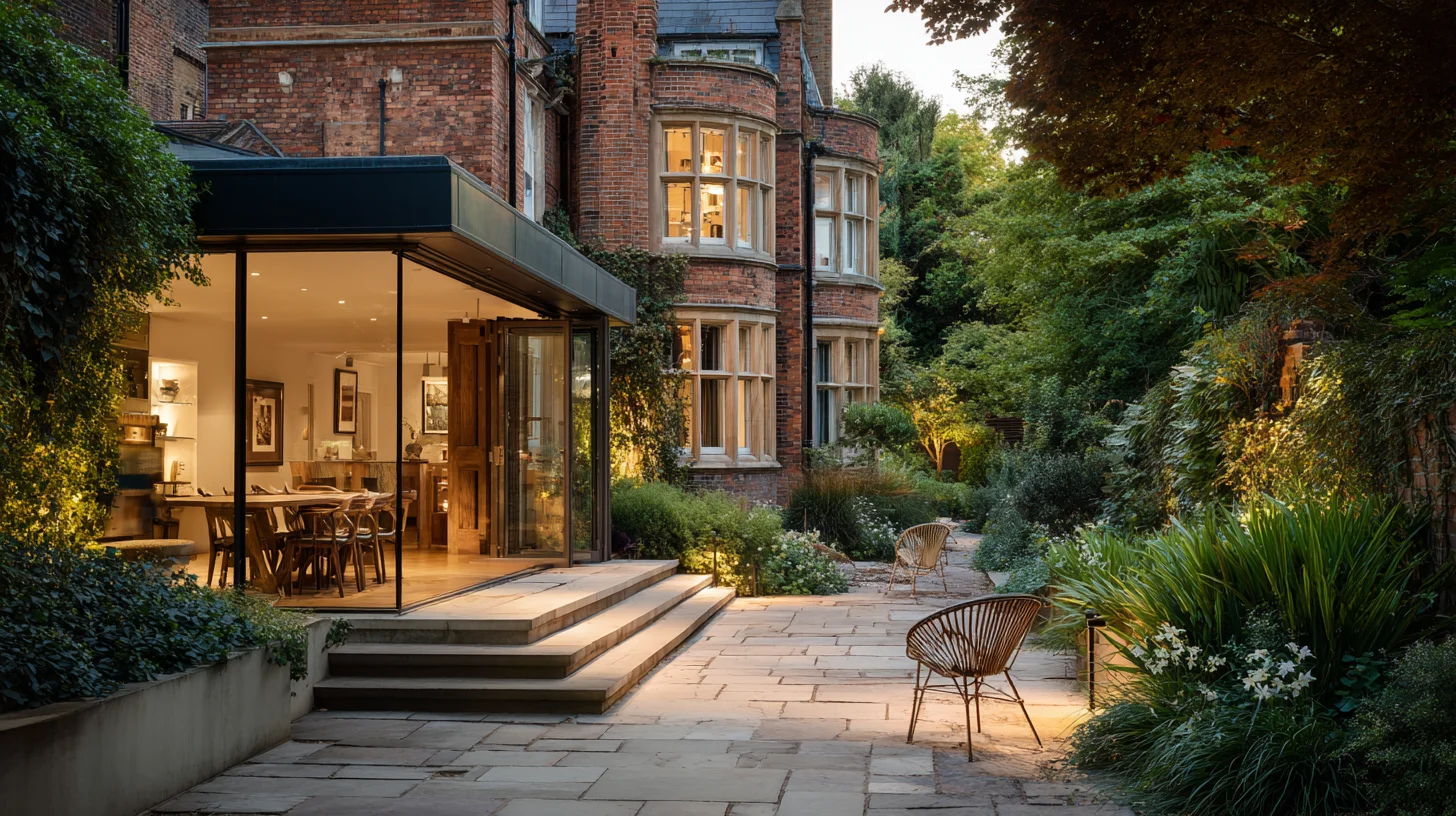Architect near me
Hampstead Architects
Boutique, design-led Hampstead architects for aspirational homes and developer projects in NW3 — crafted by DOR Architects. We specialise in elegant, context-sensitive architecture supported by practical planning expertise and build-ready documentation, ensuring your project is as refined as it is achievable.
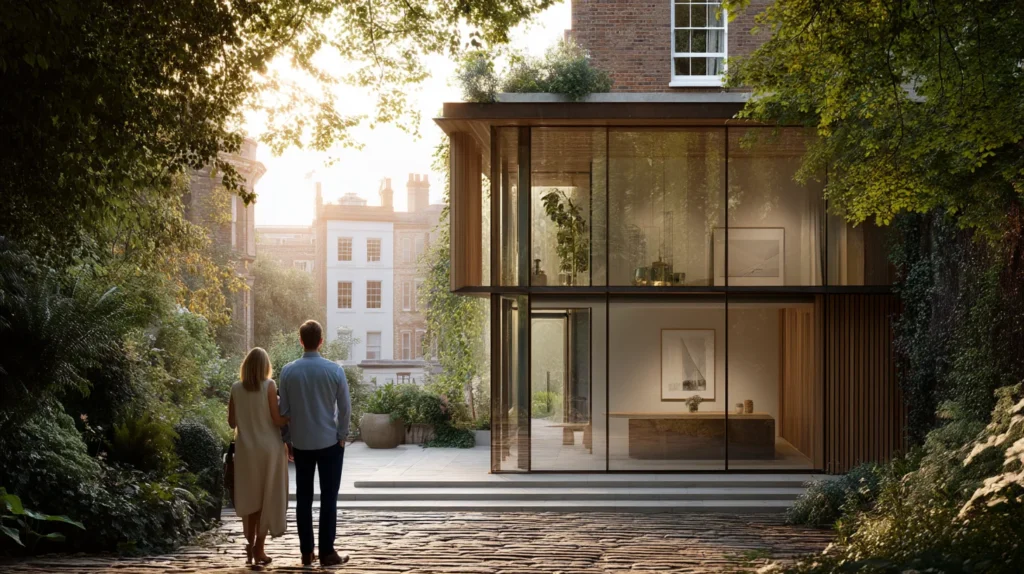
want us to send you information on how to get start?



Join 100s+ of clients and followers who are pursuing their architectural and development visions
concept archway project flythrough mockup
Our approach as Hampstead architects
Architecture in Hampstead is a conversation between past and present. From Georgian terraces and Arts & Crafts villas to discreet mews houses, every street in NW3 carries its own story.
At DOR Architects, we design homes and developments that balance bold interiors with respectful exteriors, blending design flair with an expert understanding of local planning policy. Whether you’re modernising a family home, exploring a backland infill plot, or managing a listed renovation, we bring the clarity and technical precision to deliver confidently.
Where we work in Hampstead
Our experience spans the full range of Hampstead’s unique settings:
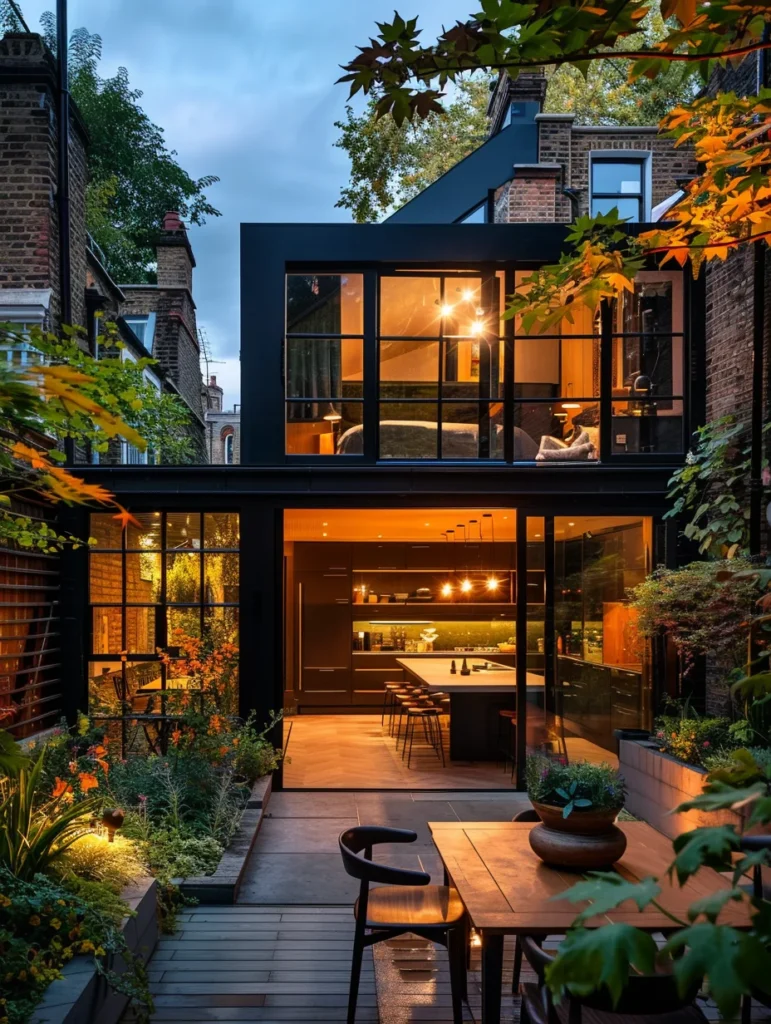
Listed townhouse refurbishments, sensitive internal reconfigurations, and discreet rear extensions
Hampstead Village
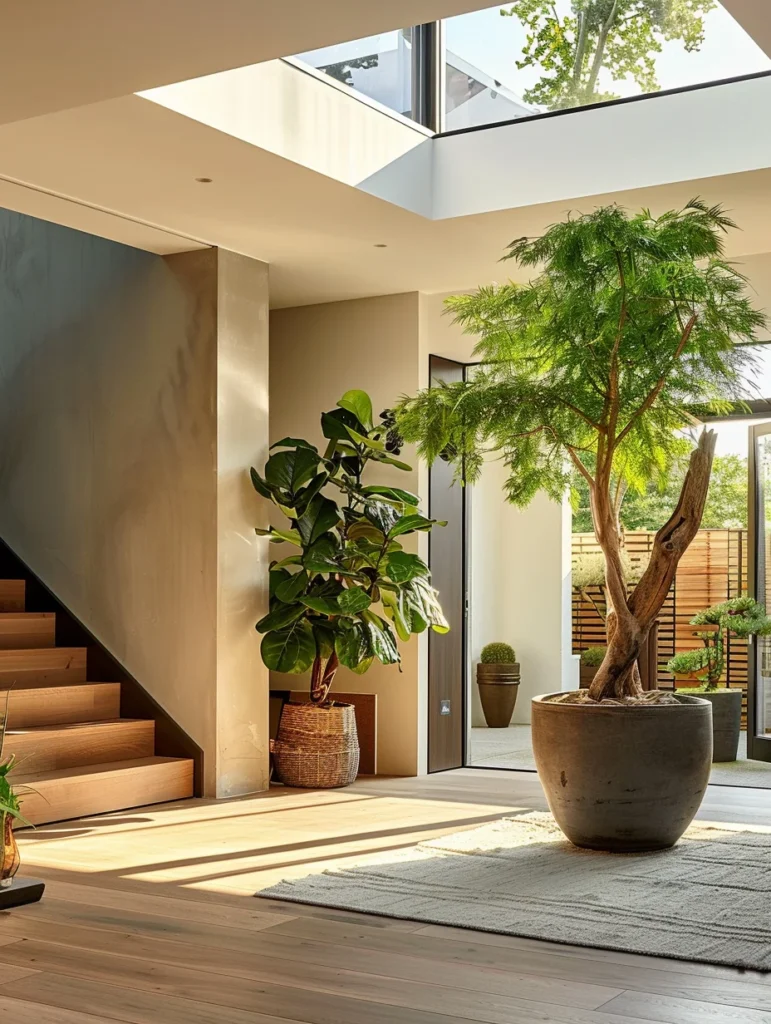
Heritage-sensitive renovations and façade-led design
Fitzjohn’s Avenue, Downshire Hill & Frognal
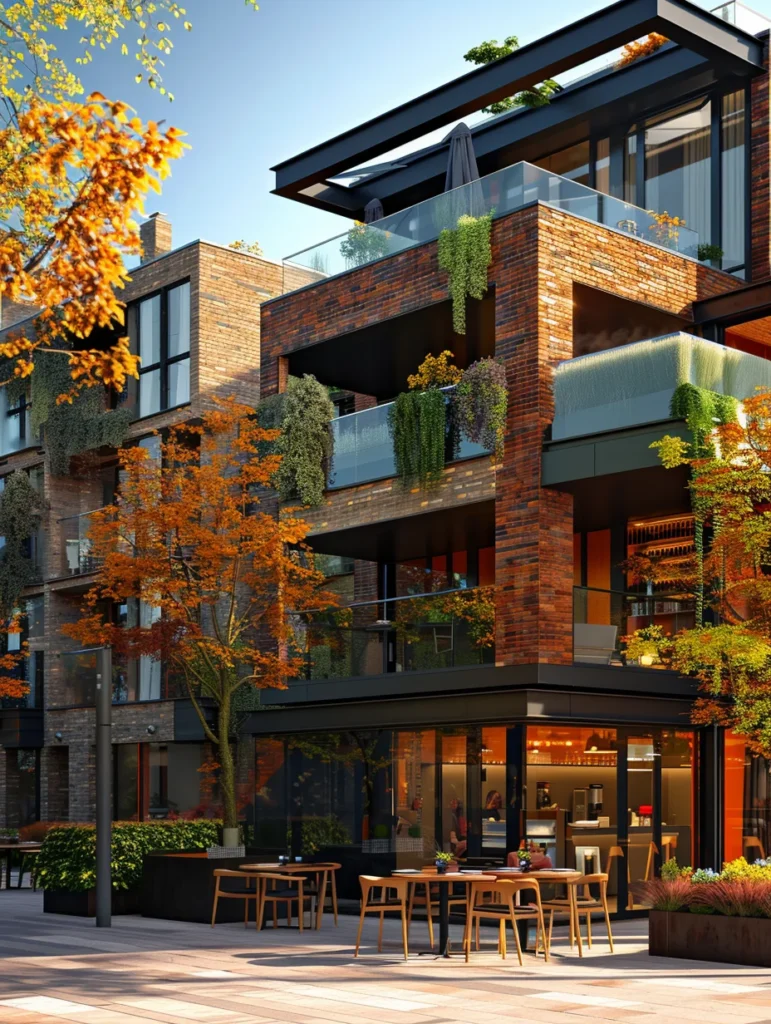
Garden-facing architecture and rooftop additions mindful of protected views
South Hill Park & Parliament Hill
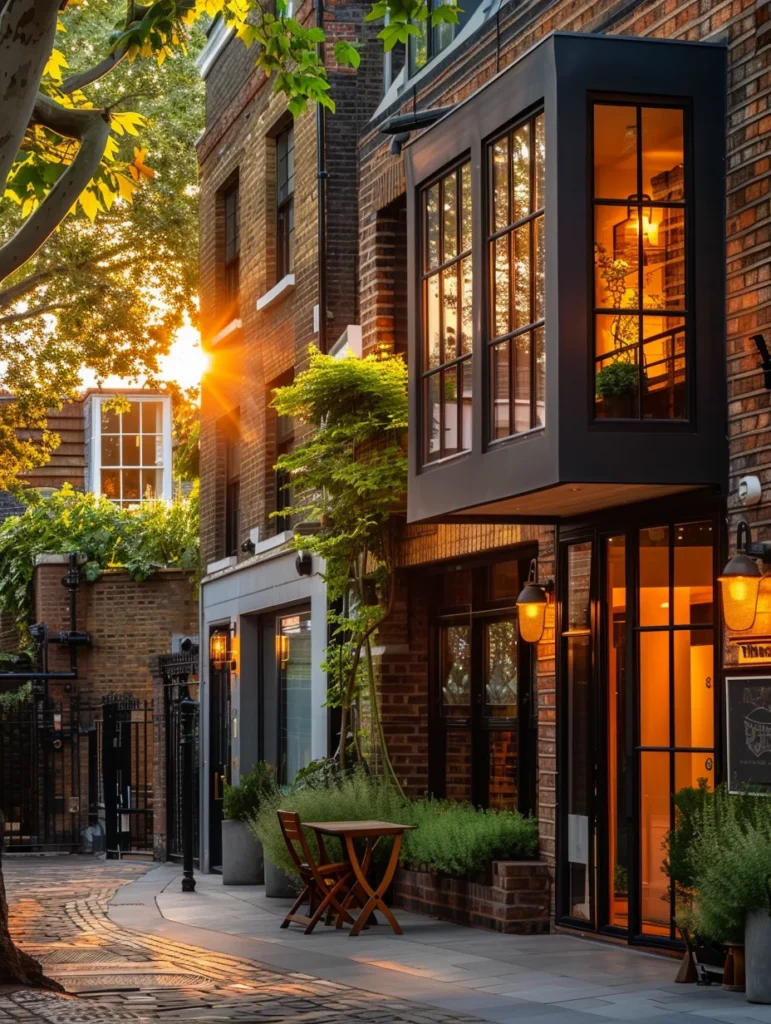
Height-sensitive extensions and eco-conscious garden studios
Hampstead Heath borders
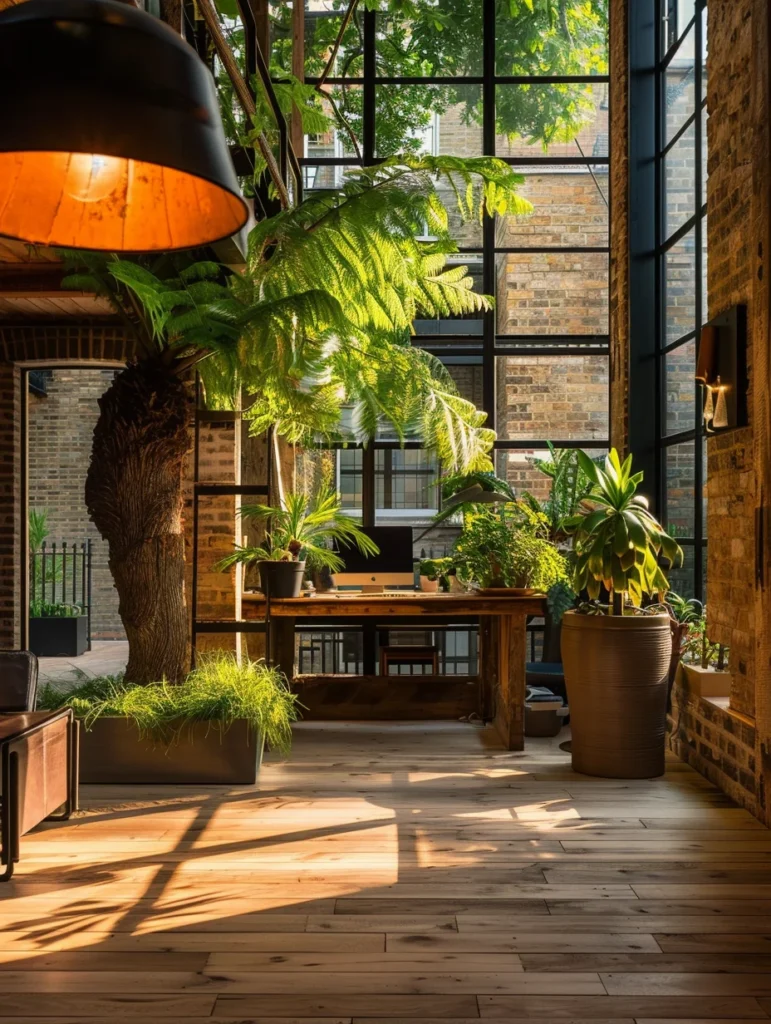
Creative infill housing with challenging access and high expectations for design quality
Mews and backland sites
Planning and heritage in Hampstead
Planning in Hampstead is defined by layers of regulation: Conservation Areas, listed properties, ecological designations, and strict controls around the Heath and Parliament Hill.
To navigate this complexity, we integrate BIM-driven design with persuasive planning submissions that include daylight and sunlight reports, heritage impact assessments, and proactive dialogue with officers.
Useful Links:
Listed buildings (Grade II & II*)
Tight restrictions on internal and external alterations
Conservation Area controls
Height, rooflines, materials, and window profiles under scrutiny
Daylight, privacy, and massing rules
Particularly challenging on mews or backland plots
Basement restrictions
Requiring structural, flood risk, and ecological assessments
Height and view corridors
Protecting strategic sightlines near Hampstead Heath
Lifestyle, sustainability, and value uplift
Brighter spaces, smarter layouts, and improved flow between indoor and outdoor living
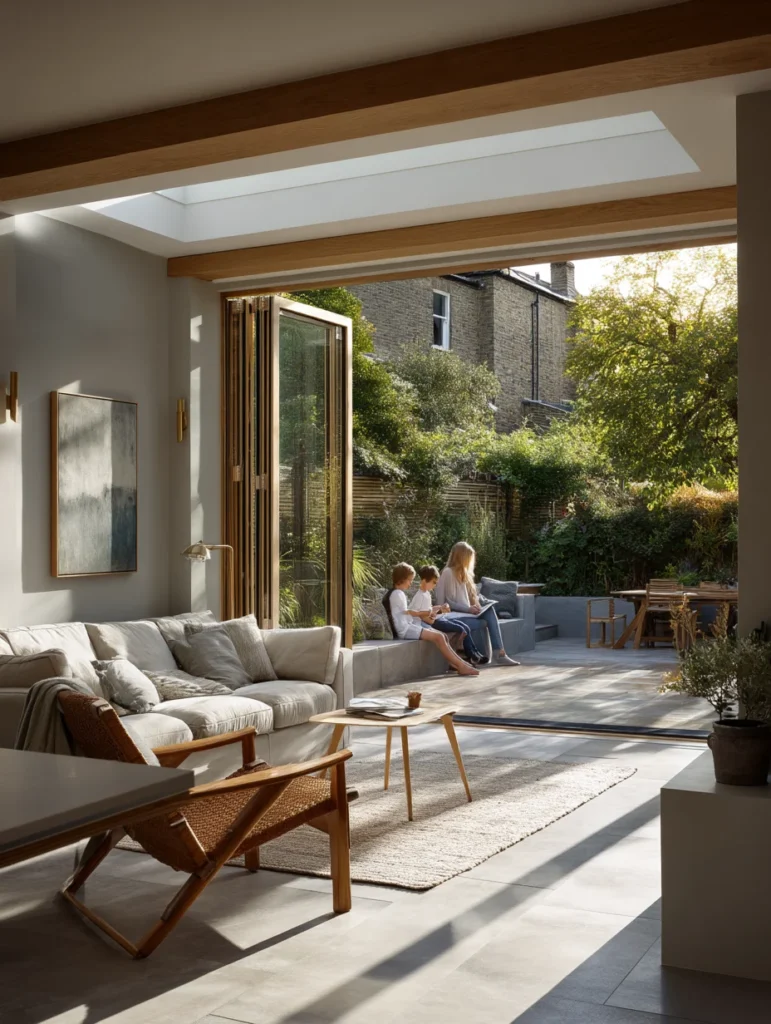
From seamless indoor-outdoor connections to improved natural light, good design creates homes that feel generous and calm.
Lifestyle
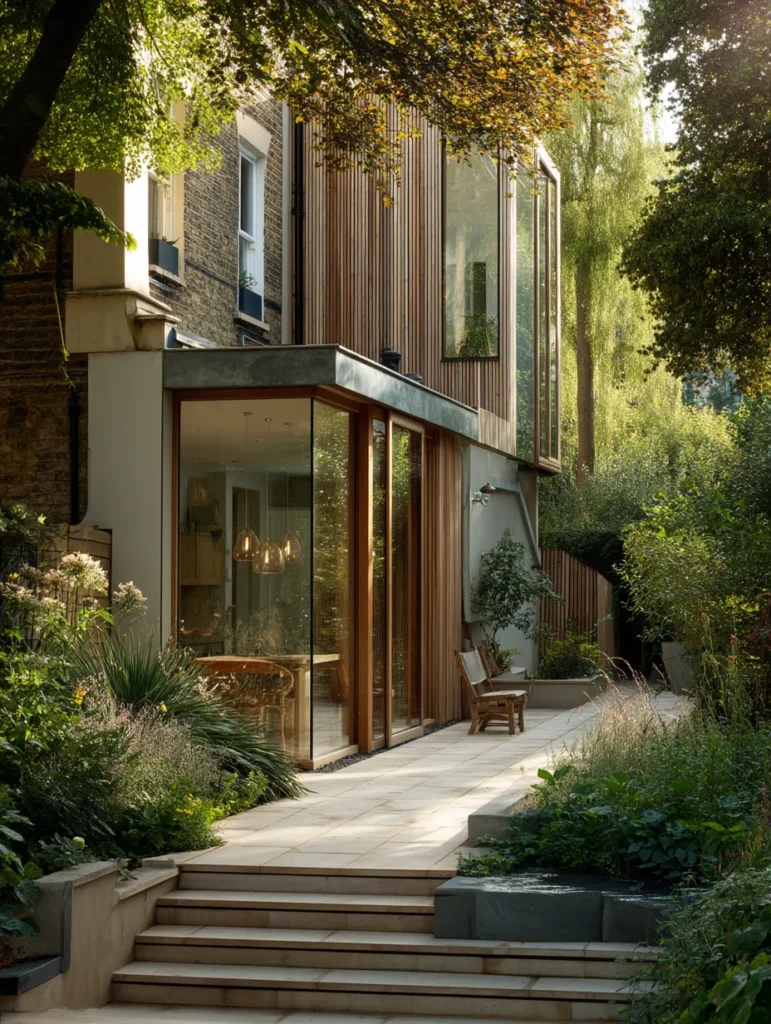
We integrate discreet solar panels, high-performance insulation, and efficient systems that lower operational costs while respecting heritage constraints.
Sustainability
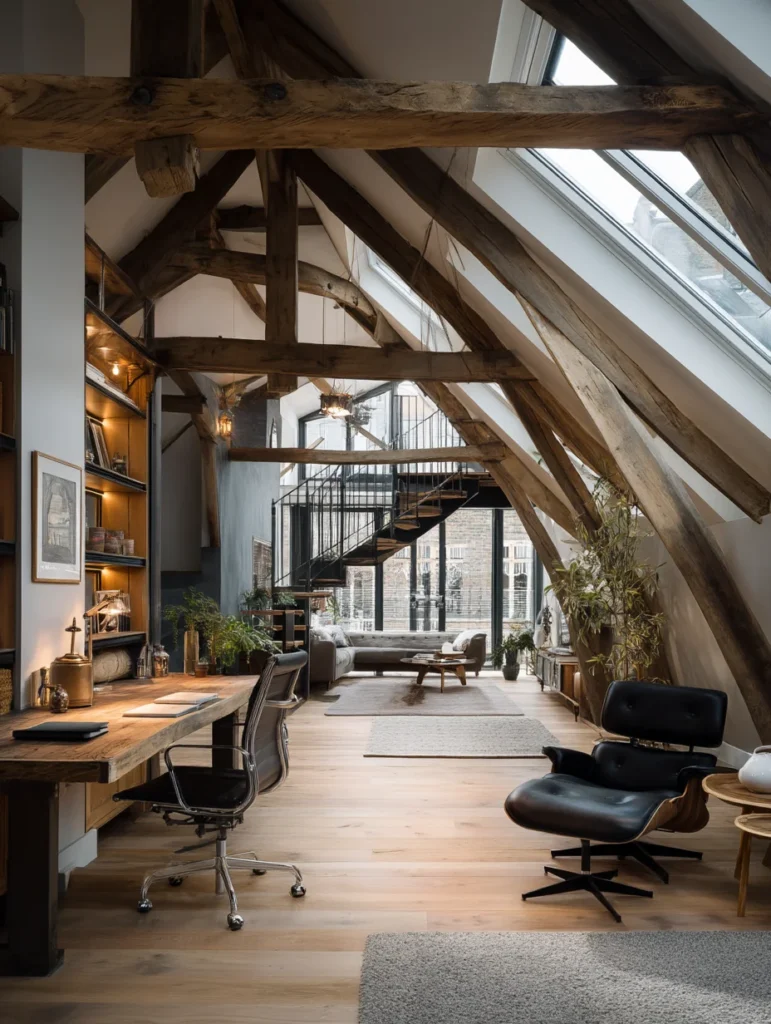
Quality design, especially in a prime postcode like NW3, drives measurable uplift in property value and long-term resilience.
Return on Investment

Case study:
discreet transformation in NW3
One recent project involved the full refurbishment of a Georgian townhouse in Hampstead Village. The brief:
- The brief: A modest but efficient rear extension
- Our approach: Internal reconfiguration to optimise circulation
- The result: The planning strategy focused on restraint and evidence, supported by heritage statements and daylight studies. The result? Swift approval and a home that now feels double its original size — while preserving its historic presence.
Our services process
01
Feasibility & early advice
Planning risk assessments, site potential analysis, and a clear brief that balances ambition and budget.
02
3D Architural design
Policy-aligned submissions supported by heritage statements, daylight/sunlight reports, and compelling visuals.
03
Planning applications
Coordinated, build-ready documentation for cost control and smooth project delivery.
04
Technical design
Ongoing involvement during construction to safeguard design quality and address site challenges in real time.
Why choose DOR architects
Read about how we work and then let’s book a call to chat about your project.
3D/BIM workflows
Full 3D/BIM workflows for precision and better client communication
Comprehensive support
End-to-end support from concept to completion with proven track record with homeowners, developers, and mixed-use schemes
expertise and experience
Deep Barnet planning expertise, including Conservation Areas and listed buildings
context-sensitive design
Elegant, context-aware design for homes and developments
FAQs
Do I need planning permission in Hampstead?
Almost certainly. Most properties fall under Conservation Area controls or listing, meaning even minor changes often need consent.
Can I extend a listed property?
Yes, with the right strategy. Sensitive rear extensions, internal reconfigurations, and basement additions are possible when handled carefully.
What are the rules for basement construction?
Basement developments are heavily scrutinised in NW3. Structural, flood risk, and ecological assessments are usually mandatory.
Do you work with developers as well as homeowners?
Absolutely. From single-plot infill schemes to multi-unit developments, we design commercially viable, planning-smart projects.
How long does planning take?
Typically 8–12 weeks, though more complex heritage or multi-unit schemes may require additional consultation time.
Do you integrate sustainable design in Hampstead projects?
Absolutely. From discreet solar panels to intelligent insulation strategies, we deliver sustainable upgrades that complement the architecture.
Are you only Hampstead Architects?
No. We operate in many North London areas and surrounding areas, see them here. We also sometimes go further if you have a project that is intriguing – let us know.
Disclaimer: This page provides general guidance only and does not constitute professional advice. Always seek project-specific advice. Last updated: September 2025
want us to send you information on how to get start?



Join 100s+ of clients and followers who are pursuing their architectural and development visions
Get In Touch
make your vision a reality
Talk to an architect who understands Hampstead — and how to navigate its unique planning framework without compromising your vision.

Dor has been incredible to work with on our renovation. He is extremely thorough, very reachable, attentive to detail, and really listens. He and his team put extra care into their work and come to the table organised with well-thought-out questions. We feel we’re in safe hands moving into construction because everything has been planned to such detail ahead of time, with clear direction, problem-solving, and great communication between all teams involved. For any future project, we’re definitely coming back to Dor! 😍
